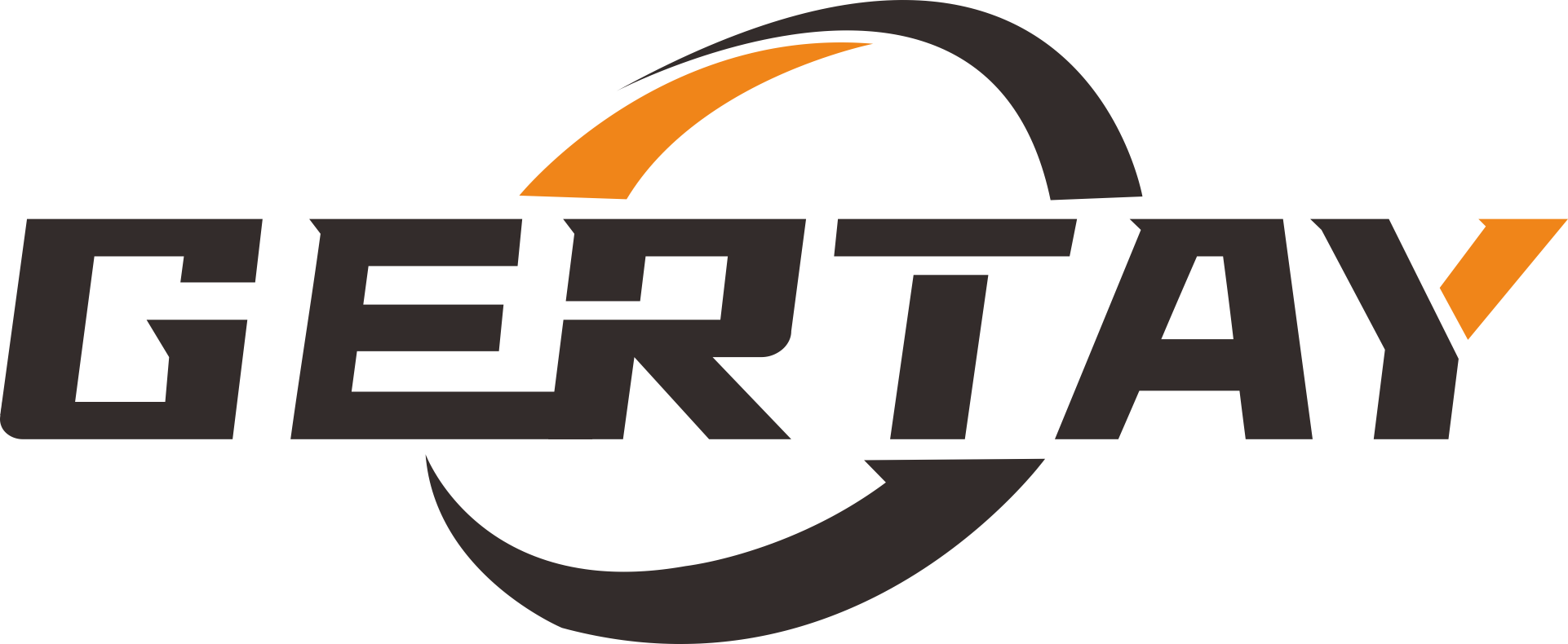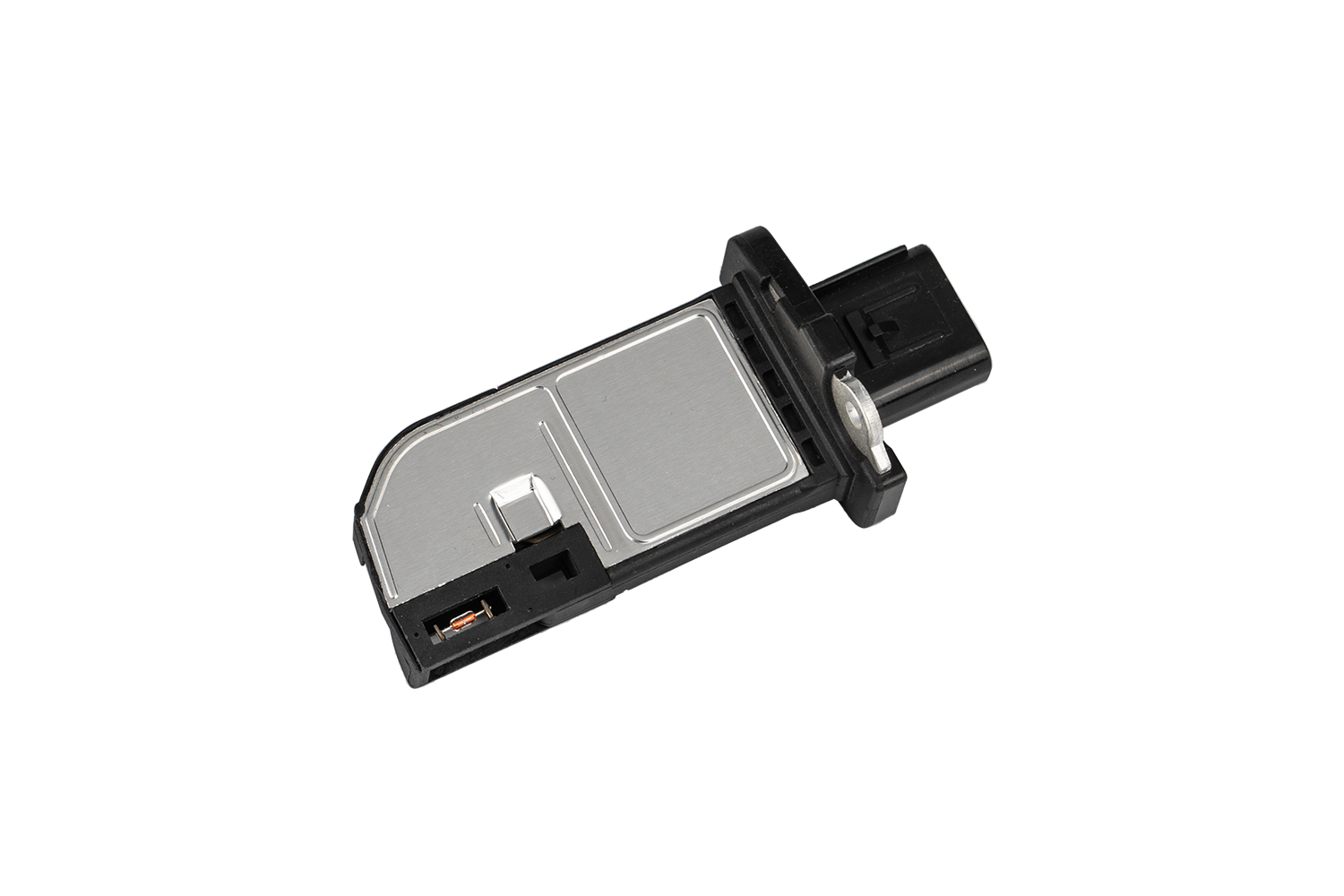The automotive air flow sensor market in the Americas
2025-03-13
Market scale
In terms of market scale, car ownership in the Americas has been at a relatively high level. In the United States, for example, car ownership has remained stable at more than 250 million vehicles over the years. The large car ownership means that the demand for automotive air flow sensors in the aftermarket is considerable. According to statistics, the sales of replacement air flow sensors in the U.S. auto aftermarket alone reach hundreds of millions of dollars annually.
In terms of the new car market, North America (the United States and Canada) also produces millions of vehicles per year. Mexico's automotive industry has also boomed in recent years, and its annual output is also quite large. Every new car needs to be fitted with an air flow sensor, which makes the demand for this sensor continually stable in new car manufacturing.
Application Distribution
Brand perspective: In the American automotive market, mainstream automotive brands such as Ford, General Motors, and Chrysler have a large demand for air flow sensors. These brands have high production and sales at home, and their models range from economy cars to luxury SUVs. For example, the Ford F-150 pickup truck, one of the best-selling models in the United States for many years, required a large number of air flow sensors for the engine piping system.
Model angle: Among different models, SUV and pickup models have higher requirements for accuracy and reliability of air flow sensors due to larger engine power. At the same time, these models account for a higher proportion of sales in the Americas market, as SUVs and pickups together accounted for nearly 70% of total U.S. auto sales in 2023, and they also dominate the market demand for air flow sensors.
Competition dynamics
In terms of brand competition: In the American market, Bosch is one of the brands that occupy a large market share. Bosch's air flow sensors are known for their high accuracy and high reliability, and their market share is estimated at around 30%. Honeywell is also a significant player with a market share of about 20%. These brands stand out from the competition with other brands because of their technological advantages and brand reputation.
Price competition: There are different levels of air flow sensor products in the market. High-end products are mainly provided by internationally renowned brands, and the price is relatively high, but their performance and quality are also more guaranteed. Some low- and middle-end products, on the other hand, attract some aftermarket consumers with price advantages. For example, in the aftermarket, some non-brand original air flow sensors may cost only 60% -70% of the original brand product, which makes price competition more intense.
Sales channel analysis
After-sales channels: In the Americas aftermarket, auto parts stores, vehicle maintenance and repair shops are the main sales channels. Large auto parts chains like AutoZone and Advance Auto Parts, which have thousands of stores across the United States, account for a percentage of their total auto parts sales from air flow sensors. By establishing a large inventory system, these stores are able to provide consumers with a timely supply of products.
New vehicle support channels: For the manufacture of new vehicles, car manufacturers establish direct partnerships with air flow sensor suppliers. When selecting suppliers, automotive manufacturers will carry out strict evaluations on product quality, technical capabilities and supply stability. For example, General Motors selects a small number of air flow sensor suppliers within its global supplier system, which are required to meet GM's stringent quality standards and delivery requirements.
Related News








